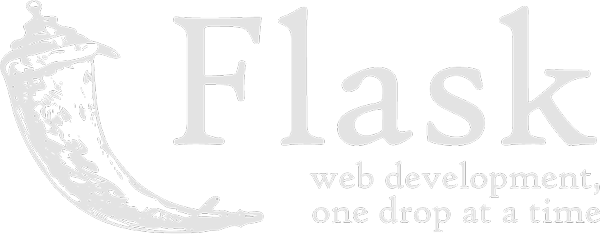## Building a Wep Application ##### Global Code | 2024  --- ## What's a Web Application * One where you use a Web Browser :) * Your code exists on a web server Note: At this point, it's a good idea to draw out the box diagrams: * One server, many clients making requests against it * Students should already know a little HTTP * Keep the diagram on a whiteboard & refer back to it through the session --- ## Let's build one! * Flask is a powerful and flexible micro web framework for Python, ideal for both small and large web projects. * there are others (e.g. Django) ```sh sudo pip3 install Flask ``` Note: By now, students should be familiar with pip, but worth going over again --- ## Let's build one! ```python from flask import Flask app = Flask(__name__) @app.route('/') def index(): return 'Hello world' if __name__ == '__main__': app.run(debug=True, host='0.0.0.0') ``` > myapp.py `python3 myapp.py`: * http://127.0.0.1:5000/ Note: Open a Text Editor: On your Raspberry Pi, you can use a basic text editor like nano or a more advanced one like Thonny which comes pre-installed with Raspberry Pi OS. or Type nano myapp.py (you can replace myapp.py with any name you like, just ensure it ends with .py). Enter the Code: Copy the Flask code you have into the text editor. Save the File: If you are using nano, you can save the file by pressing Ctrl+O, then Enter, and exit using Ctrl+X. Type python3 myapp.py to start your Flask application. This Get the students to do this, right now. Then, when most are on their way, you can bring up the next slide, then the hack! slide. --- ## Let's build one! * Add another *route* ```python @app.route('/whereami') def whereami(): return 'Ghana!' ``` > myapp.py `python myapp.py`: * http://127.0.0.1:5000/whereami --- ## Go play!  Note: You can think of a couple of different routes. Get the students comfortable with writing this kind of code. Explain *how* the route function gets called via the annotation. Point out that it doesn't matter what the function is called - so why even give it a useful name? --- ## Build a homepage * Make it interactive * Make it look awesome! --- ## Build a homepage ```python from flask import Flask, render_template @app.route('/') def index(): return render_template('index.html') ``` > myapp.py ```html <html> <body> <h1>Hello from a template!</h1> </body> </html> ``` > templates/index.html Note: * We've added a new import * the *templates* directory is convention * We could put the template string straight into the main file - we do it this way to manage complexity. --- ## Build a homepage * Add your own css! * create a css file in ```static``` * add a ```link``` in your html --- ## Go play!  --- ## Make it *dynamic* ```python from flask import Flask, render_template @app.route('/foo/<name>') def foo(name): return render_template('index.html', to=name) ``` > myapp.py ```html <html> <body> <h1>Hello, !</h1> </body> </html> ``` > templates/index.html Note: We start with returning simple text, then rendering a template, then adding styling, and then finally enriching the template with user-defined content. If you like you can talk more about jinja, the templating language: http://flask.pocoo.org/docs/0.12/templating/ --- ## Go play!  --- ## Make it *look awesome* * Bootstrap! https://getbootstrap.com/getting-started/ * google ```bootstrap themes``` && go! Note: * Building a REST API: http://swagger.io/ for documentation </textarea> </section> </name>